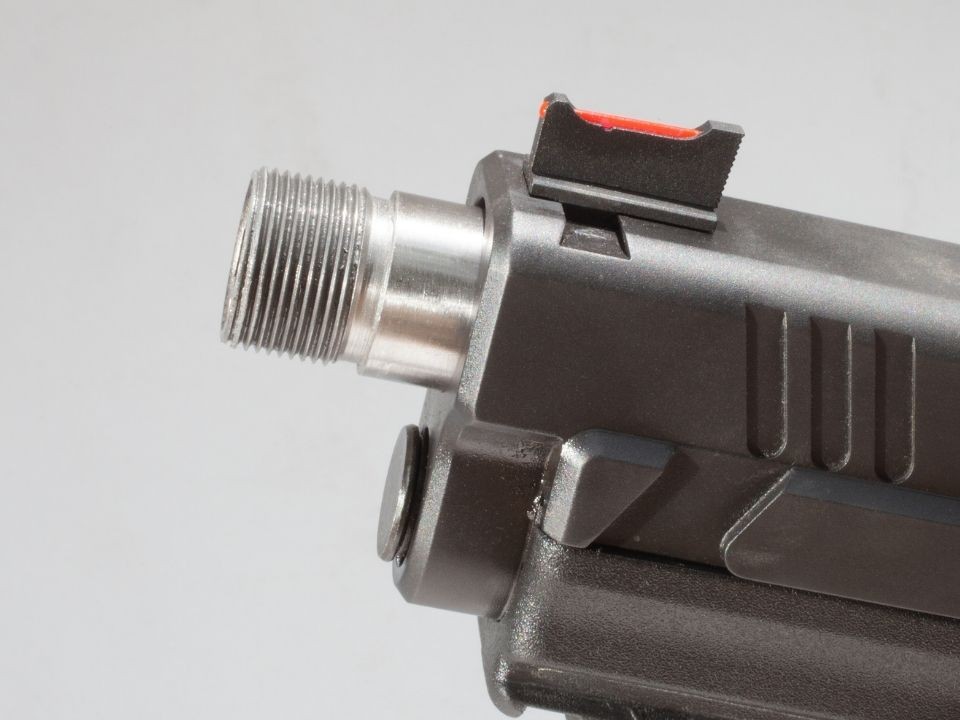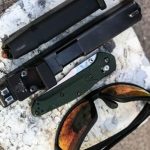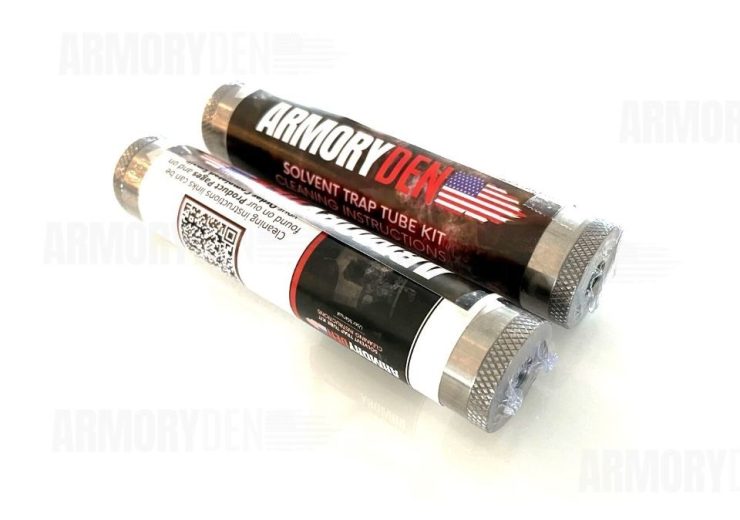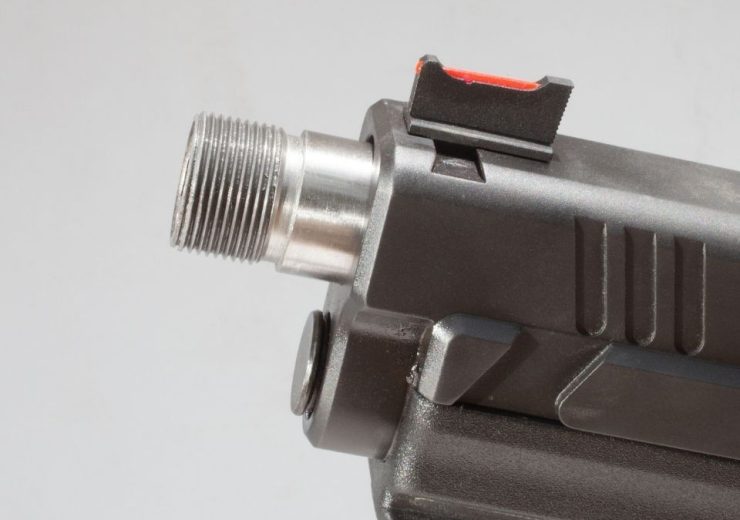
Threading Your Barrel: Here’s What You Need to Know
Whether you’ve just bought a new firearm or used the old one, threading its barrel is key to enhancing its performance. You can choose to get the DIY threading kit or call in an expert to help you with the threading process. Whichever way, ensure you protect your threaded barrel with a thread protector to keep it intact for the longest time.
We’ll delve deeper into barrel threading and the things you need to consider while threading your barrel. We will further help you understand the DIY barrel threading process.
Before you go ahead threading your barrel, consider these factors below:
Thread Pitch
When threading your barrel, you first need to determine the thread pitch type to use on your barrel. Each firearm uses a specific thread pitch that goes hand-in-hand with the firearm’s style, size, and caliber. Know your muzzle device’s bore diameter or caliber before ordering a thread protector.
Precision and Caution
The barrel threading process can be a bit longer and requires more precision when cutting the barrel threads. Any minor kink in your thread pitch can cause damage to your entire firearm. Thus, be patient and cautious enough to ensure you get everything right. Besides, ensure you unload it to avoid getting hurt accidentally during the barrel threading process.
Lubrication of all the components
You must ensure all firearm parts are lubricated and oiled throughout the threading process. It minimizes damage to the barrel during the threading process as the cutting tool can easily chip in without proper lubrication.
Always use a paintbrush instead of an airbrush when removing the metal shavings that develop during the cutting process. A paintbrush will prevent the metal chips from getting into your eyes and causing permanent injuries.
Barrel Threading Speed
When you rush the threading process, you increase the chances of making mistakes. Do it slowly and accurately for quality results.
If you prefer threading your barrel at home by yourself, you will need the following threading tools.
- Vise – The tool holds your firearm firmly to minimize excess movement and guarantee accuracy and precision.
- Barrel Diameter Measurements – Measuring your barrel diameter enables you to determine the most suitable cutting tools for the job. You cannot carry out your barrel threading process without proper diameter tools.
- Cutting Oil – Lubricates all your firearm components to avoid chipping during the cutting process.
- Barrel Cutting Kit – The barrel cutting kit comprises all the tools you need to cut the barrel threads, including die starters, handles, dies, and taps.
- Thread Pitch – Ensure you choose the thread type and size that matches your muzzle device.
- Firearm Cleaning Kit – Use the cleaning kit to clean your firearm before starting your barrel threading process and after threading it.
- Towels – Towels enable you to wipe off dust and dirt.
Since you know all the tools you need, let’s proceed to the barrel threading process.
Position the Cutting Tool in the Middle of the Barrel
You need to ensure that the cutting tool is at the exact center of the barrel. Positioning your cutting tool at the center enables your muzzle devices to fit safely. It also minimizes damage and breakage of the barrel threads. Ensure all your firearm components are well-lubricated before commencing the process.
Rotate the Cutting Tool to Face the Thread Pitch Direction
Either twist your cutting tool to the left or right to align with the tread pitch direction. After every half turn, change the angle to remove the chopped metal chips and return to threading in the proper direction. Don’t be in a rush, do it slowly and steadily.
Repeat the Process After Each Half Turn to Generate Three to Four Cuts
Repeating the process to get about three to four complete cuts gives you a solid start or a good base for working. Note that any mistake during the cutting process can affect your firearm’s performance and integrity.
Take Away the Cutting Tool and the Guide
Once you have acquired your ideal cuts, put the guide aside as you will no longer need it. After that, proceed to cut the barrel threads.
Clean Out Excess Metal Shavings and Other Debris
As you continue to cut the barrel threads, ensure you pause to get rid of the extra metal shavings created during the threading process. Also, exercise cleanness around the cutting area.
After finishing cutting the threads, clean the barrel before assembling it. It helps eliminate any excess metal shavings or dirt that may accumulate in the firearm during the threading process.
Failure to clean barrel may cause damage to the threads. The metal chips can also interfere with the barrel rifling, affecting its accuracy, velocity, and trajectory.
Attach the Muzzle Adapter to the Barrel
The final thing you need to attach to the barrel after threading, cleaning, and reassembling your firearm is the muzzle adapter. Ensure you lock it down properly with a notch or crush washer.
Once you finish the entire barrel threading process, use a thread protector to close or mask the screw threads for the following reasons.
- To protect the parts, you have threaded against corrosion, damage, and inversion of contaminants.
- To act as a shield against exposure of the delicately threaded barrel during transportation.
- Protect the threads from mechanical breakage and ensure the center lines align even when the muzzle adapter is changed.
Knowing how to thread a barrel is a vital skill every firearm enthusiast needs to learn. The threading process is simple but requires more precision, caution, and patience to ensure you do not miss anything. And to ensure you give your threaded barrel maximum protection, get a powerful yet lightweight thread protector. Consider visiting armoryden.com to see the various thread protector options available.





